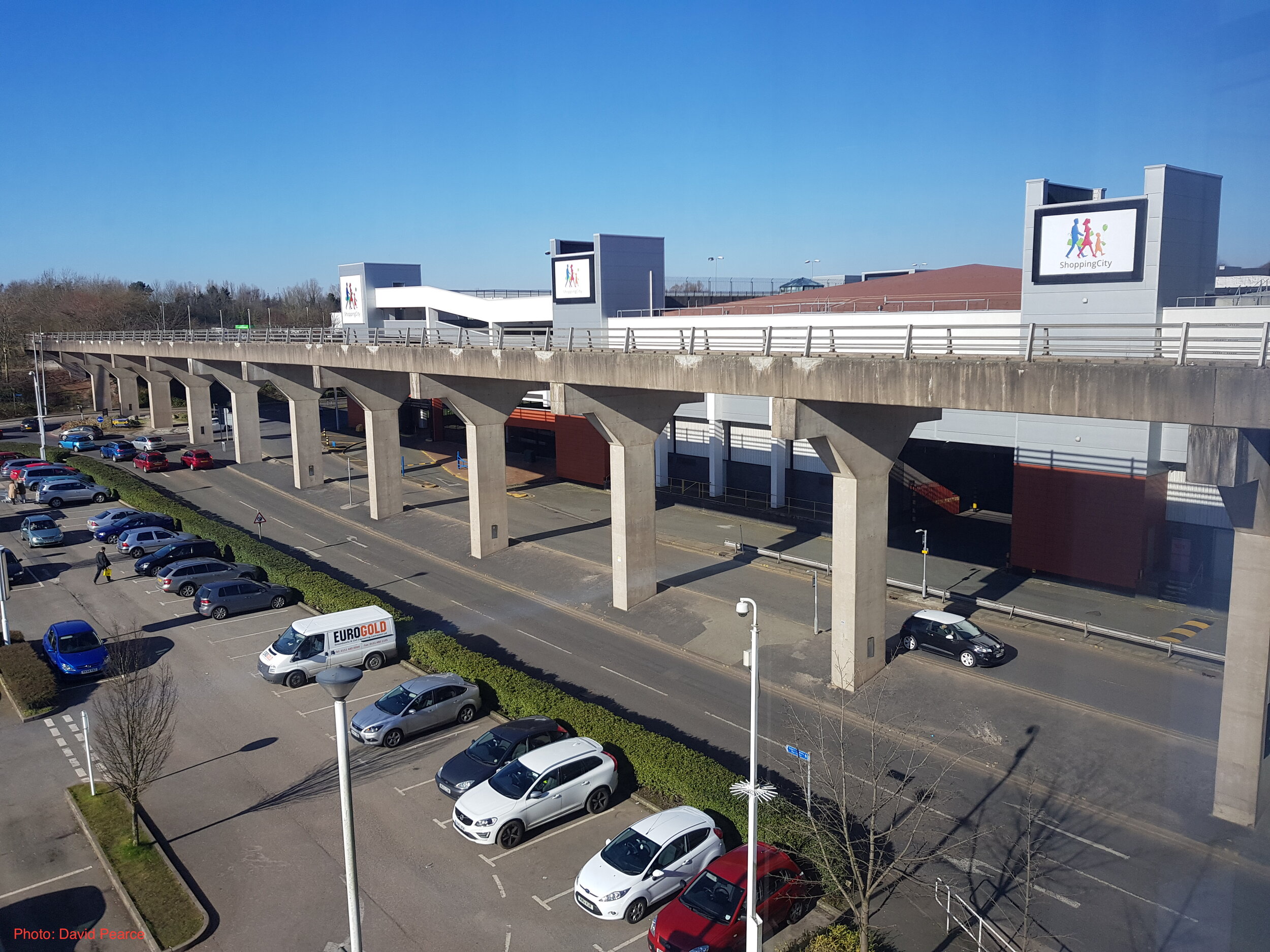Why don’t we talk more about Runcorn?
“I think this scheme is going to have a very considerable influence on the future of public transport” - a quote from the opening day
The National Bus Strategy finally offers bus priority and local identity. So why didn’t it work last time?
“History Doesn't Repeat Itself, but It Often Rhymes” - Mark Twain
Yesterday, the Government promised bus priority, local focus and ambitious modal shift from cars. It’s many of the things I argued for in my article on the National Bus Strategy.
So perhaps people like me, who believe in all this stuff, should try to understand why none of it seemed to work in Runcorn.
After all, Runcorn tried.
In 1971, when other new towns were junking public transport in favour of the freedoms and excitement of the car, Runcorn stood alone.
It set itself the ambitious target of 50% of trips to be made by public transport and backed this up by a revolutionary new transit solution; the model for future public transport investments: the busway.
Here’s a brilliant archive video of the opening.
Runcorn built itself a 12-mile long dedicated busway that swept round the new town in a figure of 8. The busway was exclusively for the use of buses, with an elevated section through the new shopping centre, ‘stations’ at all the key amenities and links to residential suburbs. Where the busway met conventional roads, it either crossed on a bridge or was provided with traffic lights that automatically prioritised the bus through using transponders.
The dignitary in the opening video said:
I think this scheme is going to have a very considerable influence on the future of public transport.
And, given the scale of Runcorn’s ambition, you’d expect that he’d be right.
And yet a Google search for the term “Runcorn Busway” from the last year reveals tumbleweed. Not a single article has referenced the results of this extraordinary experiment in almost everything we’re trying to achieve.
Is that possibly because it didn’t really work?
Have people like me stopped talking about it because it challenges our world view?
Today, the average resident of Halton makes 44 journeys by bus each year. That’s not nothing. Compared with Medway, which is also an estuary conurbation with near-identical population density, it stands up well: Medway is at 29.
But compared to Nottingham (131), Reading (137) or Brighton (167), it is clear that the Runcorn experiment fell woefully short of original goals.
Even Runcorn seems to have forgotten where they started. If you look at the local transport plan by Halton Borough Council (the local authority for Runcorn and Widnes), you’re immediately struck by the complete absence of ambition. The plan is as generic and boilerplate as it could possibly be. What happened to the vision for 50% of journeys to be made by bus?
But instead of forgetting about Runcorn and pretending it didn’t happen, aren’t we better off trying to understand history’s rhymes? Why didn’t it work better?
Now, I don’t know the answers, but here are some theories (I don’t know which of these theories are right):
Poor long term planning: the busway was built for single-deck buses, with low, narrow bridges and low-roofed stations. Without the capacity for double-deckers, the economics of the busway could never stack up. It failed because of short-sighted planning right at the start.
Lack of follow-on cash: the busway ‘stations’ rapidly became shabby and somewhat scary. Dedicated infrastructure is great but only if the money is put in place to maintain standards for the long term.
Lack of buy-in: just 3 years after the busway opened, the Local Government Act changed the local authority boundaries, and the former Widnes local authority became Halton, run from Widnes on the other side of the Mersey. The busway was undermined by ‘not invented here’ from the very early days.
Operator competence: Halton Transport, the local operator, went on to have a chequered history. Low levels of investment resulted in low levels of bus use, even with the infrastructure in place. Persistent poor financial controls eventually resulted in the operator’s liquidation last year.
All carrot and no stick: The busway was designed to make buses attractive, but Runcorn also built a network of Expressways: pseudo-motorways that ringed the town. You can’t achieve modal shift just by making buses better; you’ve also got to make motoring worse.
As I say, I don’t know which of these - if any - are correct. But do join in over at LinkedIn to add your thoughts on the Mystery of the Runcorn Busway so that we don’t make the same mistakes, whatever they were, all over again.
Do you Tweet? Here’s one ready made.
WHY DIDN’T IT DO BETTER? DOES IT EVEN MATTER? ARE THERE LESSONS FOR TODAY? JOIN THE DEBATE OVER AT LINKEDIN
FURTHER READING:
I will, of course, be doing a detailed report on the National Bus Strategy in the coming days. In the meantime…



